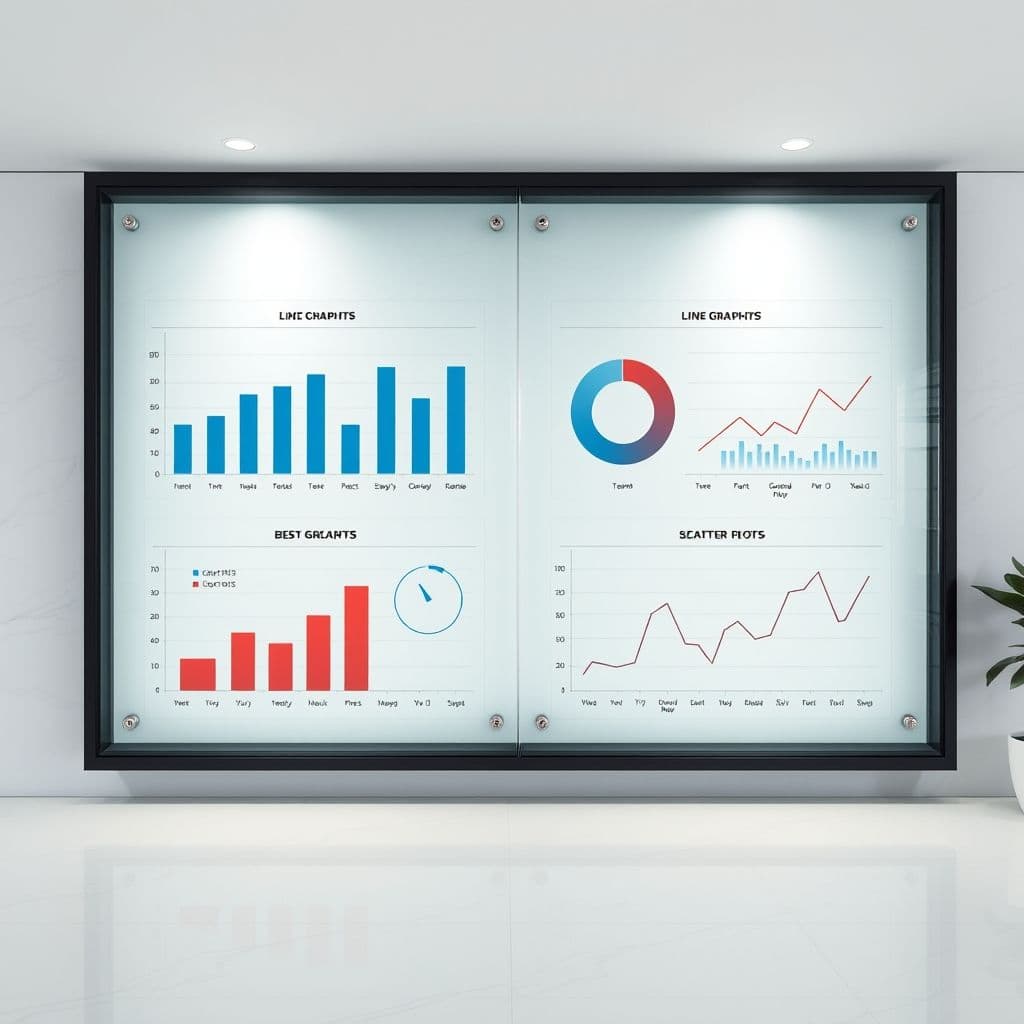Mastering Storytelling with Data: A Step-by-Step Guide to Engaging Visual Narratives

In today's data-driven world, the ability to tell compelling stories with data is a superpower. Whether you're presenting insights to stakeholders, creating reports, or making data-driven decisions, mastering storytelling with data can set you apart. This guide will walk you through the essential steps to transform raw numbers into engaging visual narratives that captivate your audience and drive action. View original learning path
Step 1: Understand the Basics of Data Visualization
Before diving into storytelling, it's crucial to grasp the fundamentals of data visualization. Start by identifying the different data types you'll work with—quantitative (numbers), categorical (labels), and ordinal (ordered categories). Next, learn about visual encoding—how to represent data visually using attributes like position, length, color, and shape. Finally, familiarize yourself with common chart types (bar charts, line graphs, scatter plots, etc.) and when to use each. For example, use bar charts to compare categories and line graphs to show trends over time.

Step 2: Learn Data Analysis and Interpretation
Great data stories begin with clean, well-prepared data. Start by cleaning your data—removing duplicates, handling missing values, and correcting errors. Then, aggregate your data to summarize it meaningfully (e.g., calculating averages or totals). Finally, apply statistical analysis to uncover patterns, correlations, and outliers. For instance, calculating the mean and standard deviation can help you understand the distribution of your data and identify anomalies.
Step 3: Develop Storytelling Skills
Data alone doesn't tell a story—you do. Begin by identifying your audience: Are they executives, technical teams, or the general public? Tailor your message to their level of expertise and interests. Next, define the core message you want to convey. What's the key takeaway? Finally, structure your narrative with a clear beginning (context), middle (insights), and end (actionable conclusions). For example, start with a problem statement, present data that reveals the root cause, and conclude with recommended solutions.

Step 4: Choose the Right Visualization Tools
The right tools can make or break your data storytelling. Explore data visualization software like Tableau, Power BI, or Google Data Studio for drag-and-drop simplicity. If you're comfortable coding, programming languages like Python (with libraries like Matplotlib and Seaborn) or R (with ggplot2) offer unparalleled flexibility. For interactive visualizations, consider tools like D3.js or Plotly. Choose tools that align with your skill level and the complexity of your project.
Step 5: Design Effective Data Visualizations
Design matters—poor visuals can obscure your message. Apply color theory to highlight key data points and create visual hierarchy (e.g., using contrasting colors for emphasis). Use typography to ensure readability—avoid overly decorative fonts and maintain consistent sizing. Finally, focus on layout and composition: arrange elements logically, minimize clutter, and guide the viewer's eye naturally through the story. For example, place the most important chart at the top left, where viewers typically start scanning.
Step 6: Practice Storytelling with Data
Practice is the key to mastery. Start with data storytelling exercises—take a dataset and craft a narrative around it. Then, tackle real-world projects, such as analyzing sales data or survey results. Seek feedback from peers or mentors and iterate on your work. For instance, present your visualization to a colleague and ask if the main message is clear. Refine based on their input.
Step 7: Continuously Learn and Improve
The field of data visualization is always evolving. Stay updated with industry trends by following blogs, podcasts, and thought leaders. Attend workshops and conferences to learn new techniques and tools. Collaborate with peers to exchange ideas and gain fresh perspectives. For example, join a data visualization community like the Data Visualization Society to connect with like-minded professionals.
Conclusion
Storytelling with data is both an art and a science. By mastering the basics of visualization, honing your analytical skills, and crafting compelling narratives, you can turn dry numbers into stories that inform, persuade, and inspire. Remember, the best data storytellers are always learning and refining their craft.
Frequently Asked Questions
- How long does it take to master storytelling with data?
- Mastery depends on your starting point and practice frequency. With consistent effort, you can develop foundational skills in a few months, but becoming an expert may take years of practice and real-world application.
- What are common mistakes beginners make?
- Beginners often overload visuals with too much data, use inappropriate chart types, or neglect to define a clear narrative. Avoid these pitfalls by focusing on simplicity, choosing the right visuals, and always keeping your audience in mind.
- Do I need coding skills to create effective data visualizations?
- Not necessarily. While coding (e.g., Python, R) offers flexibility, many user-friendly tools like Tableau and Power BI require no coding. Start with what you're comfortable with and expand your toolkit over time.





